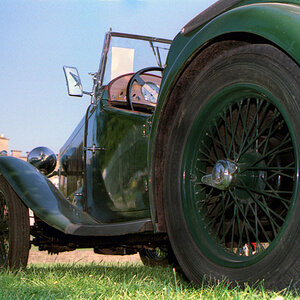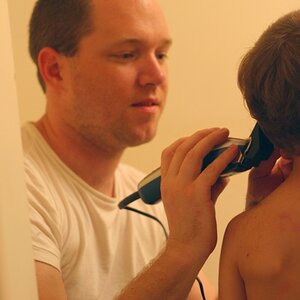Dave Colangelo
No longer a newbie, moving up!
- Joined
- Apr 27, 2016
- Messages
- 452
- Reaction score
- 158
- Can others edit my Photos
- Photos NOT OK to edit
Sorry, eye-glasses shop. I realize they're going to know zip about camera lenses specifically, but there has to be some commonality between lenses at the most basic level.
Ill give it a shot and see what they say. I know (much like camera lenses) Eye glasses are becoming way more modular and the shops rarely cut lenses any more. My next mission (if I cant salvage the element) is going to be sourcing a replacement. There are only a few hasselblad guy out there so its going to be a challenge. Pair that with the fact that this lens was apparently never held in high regard and many saw little use its hard to find another bad example out there.
Regards
Dave










![[No title]](/data/xfmg/thumbnail/39/39292-4169a355b794ae9735845c4ad45d06ff.jpg?1619738958)
![[No title]](/data/xfmg/thumbnail/39/39289-c5ea6a611707fdd5786347f4a67d63ae.jpg?1619738957)

![[No title]](/data/xfmg/thumbnail/38/38444-6063bb59cb410c520a1ccccbe58db9c7.jpg?1619738614)
